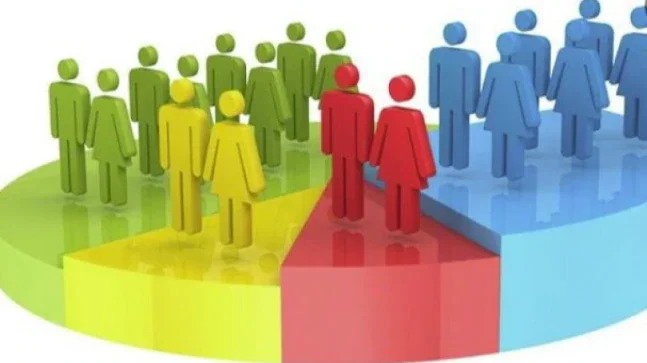By Saleem Shaikh
MUMBAI: A caste census in India would indeed be a landmark development, with profound implications across political, social, and economic spheres. Here’s a refined look at the potential outcomes and broader implications if such a census were conducted:
Potential Outcomes:
1. Demands for Proportionate Representation:
*OBCs (Other Backward Classes): Should the census reveal that OBCs constitute a larger portion of the population than previously estimated, there might be strong demands to increase the current 27% reservation quota for OBCs in education, government jobs, and other sectors. This could spark debates on revising reservation policies to better reflect demographic proportions.
*SCs and STs (Scheduled Castes and Scheduled Tribes): If the census shows that these groups are underrepresented, there could be calls for expanding quotas or improving the implementation of existing policies. This might reignite discussions around affirmative action and social justice.
*Upper Castes (EWS – Economically Weaker Sections): Upper castes, especially those identified as EWS, might advocate for an expanded 10% quota or adjustments to income criteria to improve access to reservations based on economic disadvantage.
2. Shifts in Political Power:
*Political Realignment: The census results could lead to shifts in political strategies, with parties adjusting their platforms to appeal to the newly identified demographic strengths. Larger OBC populations might become key electoral assets, prompting parties to intensify efforts to gain their support.
*Power Dynamics: Regions where traditionally dominant castes are fewer than expected could see a realignment of power, with more influence shifting to numerically stronger but previously underrepresented groups.
3. Regional Variations:
*State-Specific Outcomes: Different states might experience varying impacts based on their unique caste demographics. For instance, regions with a significant OBC presence could witness renewed calls for local representation and economic benefits, while states with larger SC/ST populations might push for region-specific affirmative action.
*Local Tensions: States with dominant upper caste populations might resist changes to the status quo, potentially leading to regional tensions and resistance to new reservation policies.
4. Demands for New Categories and Adjustments in Reservations:
*Refinement of Categories: The census could lead to demands for redefining or expanding existing caste categories within the OBC and SC/ST lists or creating new ones. Some communities may seek reclassification, while others could push for inclusion in reservation benefits.
*Revising the Creamy Layer Concept: There might be increased pressure to revisit the “creamy layer” criteria within OBCs to ensure that benefits reach those who are genuinely disadvantaged rather than economically advanced members within a caste.
5. Social Tensions:
*Heightened Divisions: The census could intensify social divisions as different groups vie for greater resources and representation. Increased competition for educational and job opportunities, as well as demands for subsidies, might exacerbate tensions among communities.
*Protests and Resistance: Groups feeling marginalized or threatened by perceived encroachments on their privileges may engage in protests or resistance, heightening social friction.
6. Economic Redistribution Demands:
*Targeted Assistance: Marginalized castes with lower socioeconomic indicators could leverage census data to demand targeted government assistance, including land redistribution, increased subsidies, or enhanced welfare schemes. This could place additional pressure on government budgets and policies.
*Addressing Disparities: Economic disparities in opportunities, healthcare, and education could become focal points for demands for redistribution and social justice, potentially reshaping India’s economic policies.
Broader Implications:
1. Caste-Based Politics: The focus on caste-based politics could become more pronounced in electoral campaigns, with politicians tailoring their messages and promises to resonate with specific caste groups.
2. Influence on Policies: The census results could significantly shape future policies on affirmative action, economic welfare, and social justice. The international community might closely observe India’s approach to managing caste-based inequalities.
3. Impact on Muslim Communities: While Muslims are not traditionally categorized by caste, the census could indirectly benefit them by highlighting intra-community disparities. This could lead to targeted affirmative action, improved political representation, and socio-economic development initiatives, particularly benefiting marginalized Muslim groups like the Pasmandas who face both caste-like discrimination and economic disadvantages.
In summary, a caste census in India could initiate a complex process of redistributing power, resources, and opportunities across its diverse society. The resulting debates and changes could significantly impact social, political, and economic dynamics, potentially reshaping India’s landscape in multiple ways.
(The author is associated with the Welfare Party of India.)





